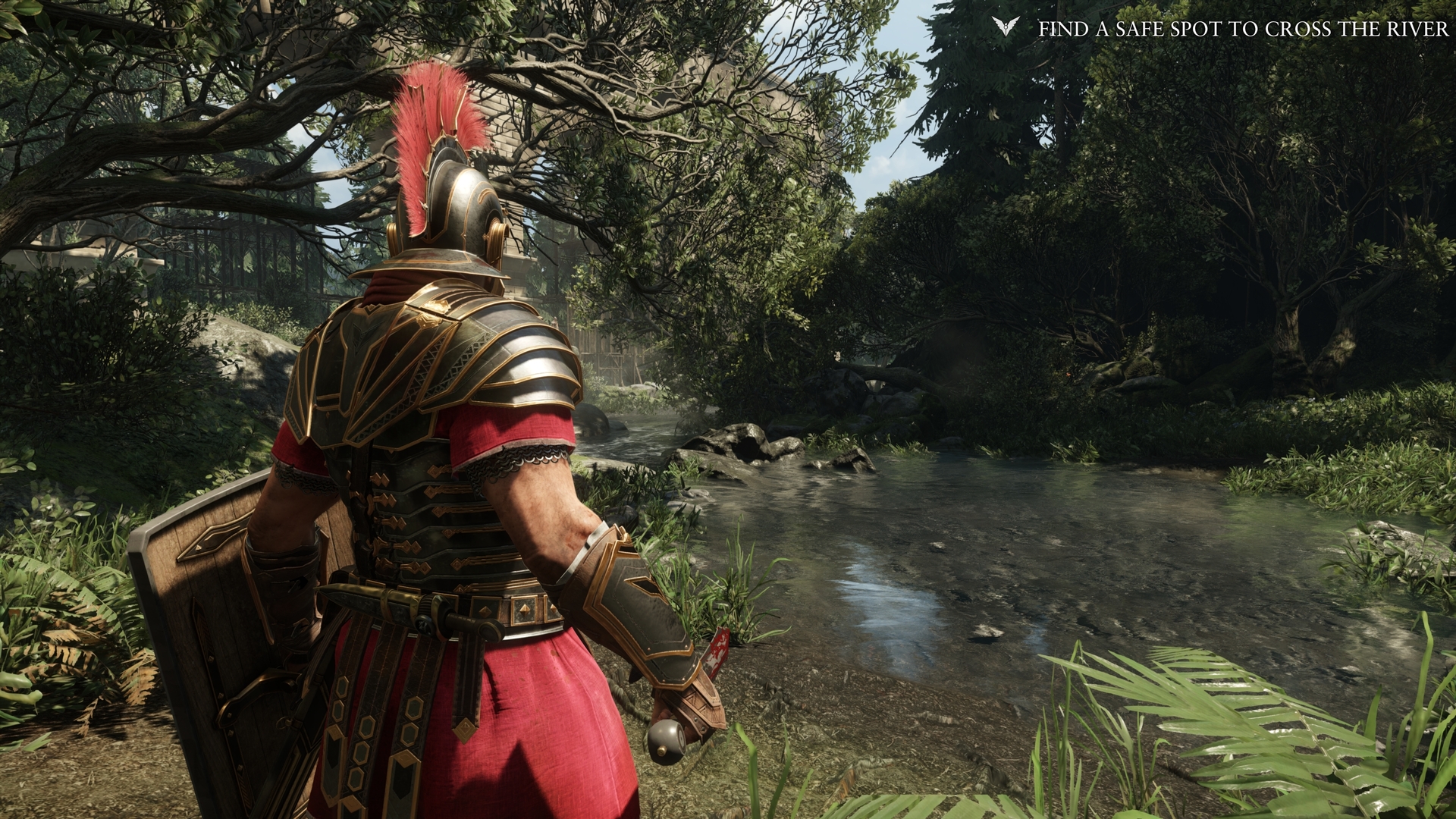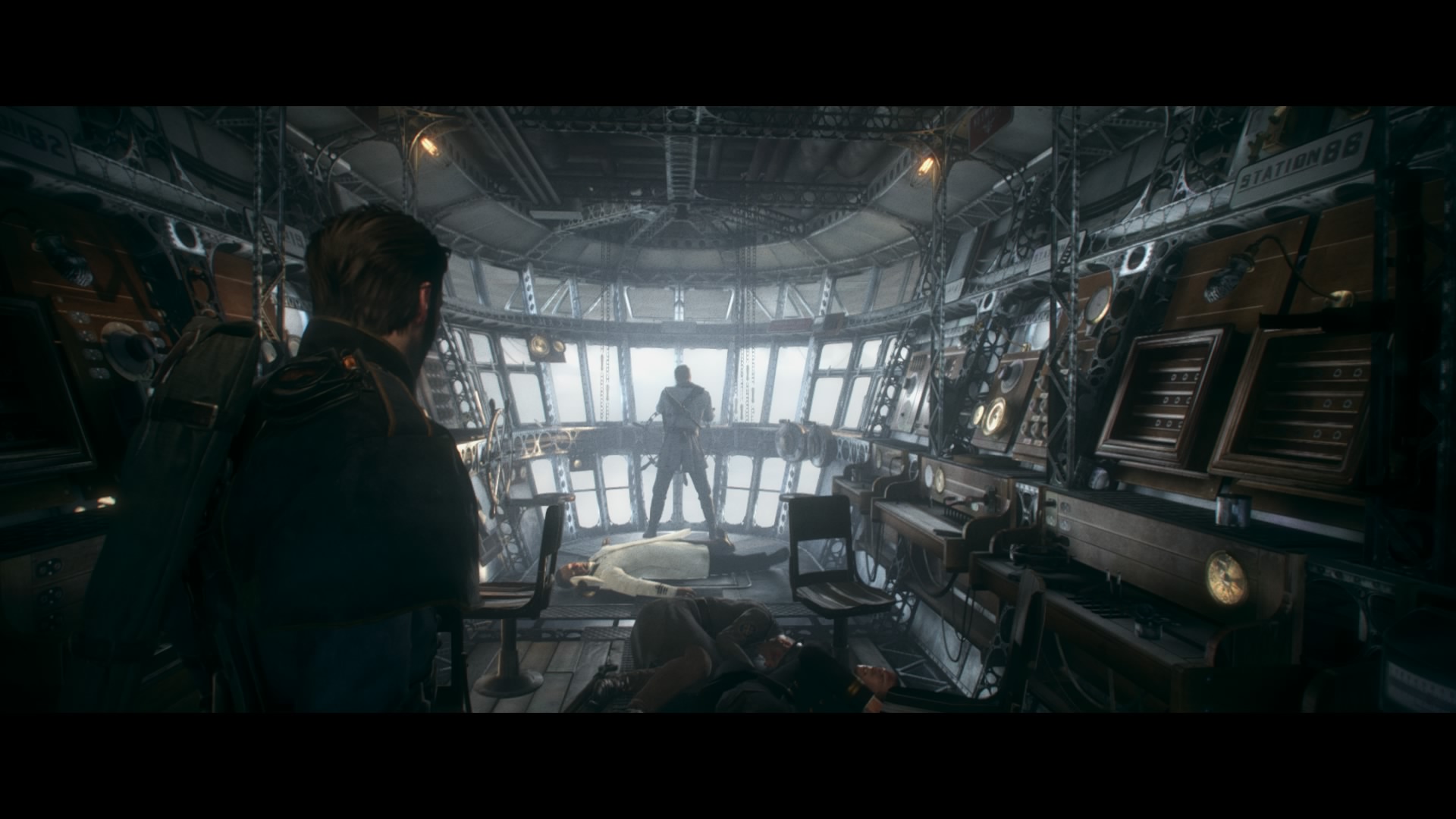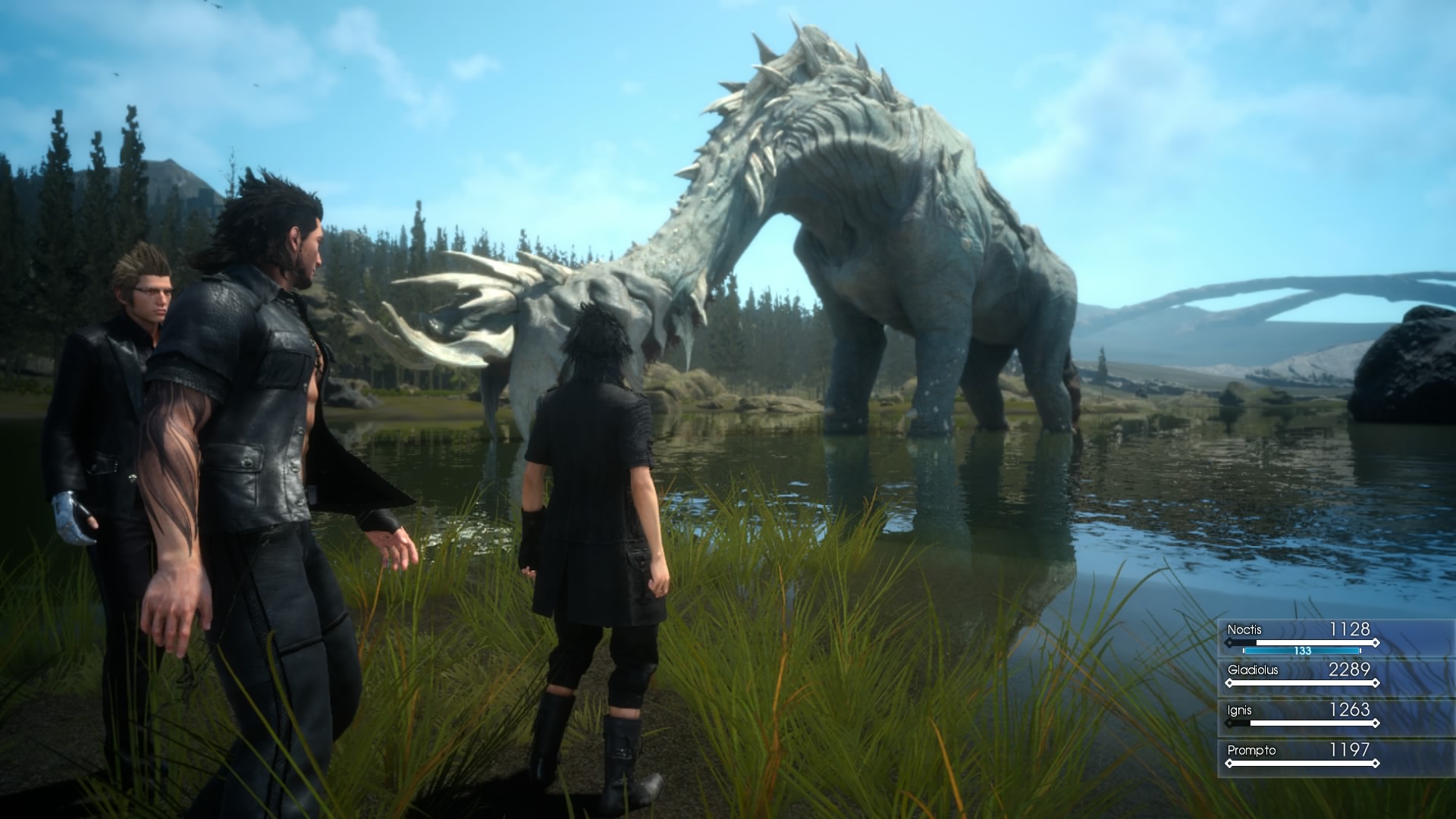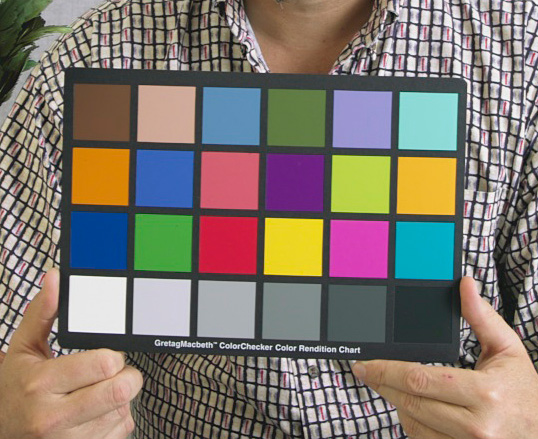Summer Haze
Banned
First of all, for those of you who don't know what PBR is exactly:
(Shamelessly stolen from the first poster in the this Reddit thread)
And thanks to Sneaky Stephan for the following videos:
The overall look PBR gives to videogames that utilize it is, imo, the best and the most significant improvement we've seen so far this gen in terms of visuals. I love how much more realistic and life-like certain materials/textures can look when a game is using PBR. I think it makes games that don't use PBR look very ...dated and "gamey" in comparison, for lack of a better word. I'm really liking how its becoming more and more commonly utilized so far this gen and hope it becomes even more widely used as the gen goes on.
Here are some examples of released and upcoming current-gen/PC games that utilize PBR:
Sunset Overdrive


Unreal Tournament 2015


Ryse


AC:Unity


The Order 1886


Final Fantasy XV demo


Driveclub


Infamous: Second Son


And I believe the upcoming Star Wars: Battlefront also utilizes PBR if the latest screenshots and 'game engine' trailer are anything to go by.
There are other games that utilize PBR also, but I didn't want to clog up the thread with huge shots any more than I have.
So what do you think, GAF, do you like the look of games that utilize PBR? Do you want to see it become used more commonly in videogames? I know I do.
(Shamelessly stolen from the first poster in the this Reddit thread)
It's a way to make everything look more photorealistic/natural-looking by changing how light bounces off everything. Since lighting controls how you see everything in the game (because you couldn't see in the pitch-black dark), it affects how every single part of the game looks.
Basically: instead of current lighting techniques like using multiple diffuse textures/specular maps for each part of every object in the game to represent different conditions, they can just create 1 texture for each part then artificially define properties like a refractive index to help parameterize a physics model that controls how light and shadow work when rendering frames of an in-game scene that contains that object.
In most implementations the physics model basically uses a predictive set of converging functions to determine how light from a specific source will reflect/refract off a given surface with different reflectivity and absorption/diffusion characteristics, which then refracts and reflects off other surfaces at a) different angles, with b) reduced intensity and c) a different wavelength, etc.
In productivity terms: people creating textures for in-game assets now have to spend less time creating multiple maps for each surface because they can just say "this panel is steel" or "this seat cushion is leather" with specific reflectivity/diffusion/texture/etc. rather than having to create multiple different copies of them that behave differently under different lighting conditions (such as in space, in atmosphere, indoors, etc.)
In visual terms: different types of surfaces (such as metal, leather, plastic, glass, etc.) should look more photorealistic and more "natural" because the way that light reflects off them and the way shadows are created will be more accurate.
And thanks to Sneaky Stephan for the following videos:
PBR is awesome, makes materials look lifelike (or at very least like they're straight out of cgi)
The pictures in OP do a poor job at showing what it is though.
For those who don't know what it looks like:
Here: look at this tech demo
https://www.youtube.com/watch?v=sYX9I3ONHc4
Look at the materials, everything looks convincing
different video of the same tech demo:
https://www.youtube.com/watch?v=ErWicf6yuDo
Skip to 49 seconds where it zooms in on the camera.
This is PBR at it's best and it's fucking glorious
Once you've seen it in games and you go back to a game without it that game suddenly looks painfully fake and outdated.
The overall look PBR gives to videogames that utilize it is, imo, the best and the most significant improvement we've seen so far this gen in terms of visuals. I love how much more realistic and life-like certain materials/textures can look when a game is using PBR. I think it makes games that don't use PBR look very ...dated and "gamey" in comparison, for lack of a better word. I'm really liking how its becoming more and more commonly utilized so far this gen and hope it becomes even more widely used as the gen goes on.
Here are some examples of released and upcoming current-gen/PC games that utilize PBR:
Sunset Overdrive


Unreal Tournament 2015


Ryse


AC:Unity


The Order 1886


Final Fantasy XV demo


Driveclub


Infamous: Second Son


And I believe the upcoming Star Wars: Battlefront also utilizes PBR if the latest screenshots and 'game engine' trailer are anything to go by.
There are other games that utilize PBR also, but I didn't want to clog up the thread with huge shots any more than I have.
So what do you think, GAF, do you like the look of games that utilize PBR? Do you want to see it become used more commonly in videogames? I know I do.

















